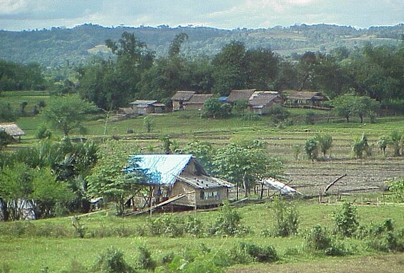
Baguio City (Ilokano: Ciudad TI Baggio; Filipino: Lungsod ng Baguio; Pangasinan: Ciudad Baggio NA) is a highly-urbanized city, located in the province of Benguet in the northern island of Luzon in the Philippines. The city became a center for business and trade, as well as the center of education in the entire Northern Luzon and thereby become the seat of government of the Cordillera Administrative Region (CAR).According to the 2010 census, Baguio City has a population of 318 676.
Baguio City was established by the Americans in 1900 at the site of the village of Aabaloy (Ibaloi) known as Kafagway. The name of the city is derived from the word bagiw in Aabaloy (Ibaloi), the original language in the region of Benguet, which means 'Moss'. The city at an altitude of about 1,610 meters (5,280 ft) in the Luzon tropical pine forests ecoregion conducive to the growth of mossy plants and orchids.
Because of height, eye and Baguio City by the Commission of the Philippines and the summer capital of the Philippines on June 1, 1903 was established as a town chartered by the Philippine Assembly on September 1, 1909, also authored by former Philippines Supreme Court Justice George A.. Malcolm. Baguio City celebrated its centennial in September 1, 2009.
History
Early History
Have settled in the area around the first Baggio in the first place by Ibalois and Kankanaeys. In the nearby town of Trinidad does not, Benguet, Spaniards established to Zeus or military garrison, but Kafagway, as he was known Baguio City once, was barely touched.
American colonial period
When the Americans possession of the Philippines, Baggio has been selected by the party to become the summer capital of the Philippines. In 1903 the Philippines, has been hiring workers, Japanese and Chinese to build Kennon Road, the first road through Baggio connects directly with the low lands of Pangasinan. Before this, it was the only way to Benguet Naguilian road, so it was largely a horse trail in the highlands.
Americans declared Baguio, the summer capital of the Philippines on July 1, 1903, was America's only hill station in Asia. Each year during the months of March to June, was moved members of the American government fully Governor General of the humblest clerk to Baguio to escape the summer heat Manila (canceled in 1913 when he took office, Francis B. Harrison). Mansion House was built to become the residence of the American Governor-General. Put the famous American architect Daniel Burnham, one of the first successful modern city planners, and the development of a precise plan for the city in 1904 in the September 1, 1909 declared a chartered city of Baguio, and the second after the city of Manila. They put more Baggio, building parks and public structures such as Wright Park in honor of Governor General Luke E. Wright, Burnham Park in honor of Baguio city planner Daniel Burnham, Governor Pack Road, and through the course.
World War II
On April 26, 1945, Filipino troops of the regiment 1, 2, 11TH, 12TH, 13TH, Infantry Division 15 and 16 of the Army of the Commonwealth of the Philippines 0.1 Infantry police Filipino and 66 Infantry Regiment USAFIP-NL and American troops from Infantry Division 33 and 37 of the income of the United States Army Baguio City and fought against the Japanese Imperial Army forces led by General Tomoyuki Yamashita, who began the battle for the Liberation of Baguio City during World War II.
Baggio is the site of the formal surrender of General Tomoyuki Yamashita and Vice Admiral Okochi. It is where the armed forces gave up the entire Imperial Japanese to American authorities at the headquarters of the High Commissioner (now the United States Ambassador Residence) in Camp John Hay on September 3, 1945, marking the end of World War II.
Geography
Baguio City is located some 5,200 feet above sea level, nestled within the Cordillera Central mountain range in northern Luzon. Is included in the city by the province of Benguet. It covers a small area of 57.5 square kilometers. Built most developed part of the city on uneven, hilly terrain of the northern section. When Daniel Burnham plotted the plans for the city, he said City Hall as a reference point where the city limits extend 8.2 kilometers (5.1 miles) from east to west and 7.2 kilometers (4.5 miles) from the North to2 south. This is the highest level of a major Philippine city in terms of height. Andy Chen wrote about the geography of Baguio in 1910.
Climate
Baguio City features a subtropical highland climate under the Koppen climate classification. It is well known in the city for a moderate climate. It is because of this that Baguio is nicknamed the "summer capital of the Philippines." Due to the high altitude, the temperature in the city 8 degrees Celsius lower compared with the average temperature of the rest of the temperature ranges country.Average 15-23 degrees Celsius. It is usually lower during the late and early months of this year. The lowest recorded temperature of 6.3 degrees Celsius on January 18 1961 This is in contrast to all-time highs of 30.4 degrees Celsius recorded on March 15, 1988 during the 1988 El Niño season. Baguio seldom exceeds 26 degrees Celsius even during the warmest part of the year.
Like many other cities with a subtropical highland climate, Baguio sees noticeably less precipitation during the dry season. However, the city has an extraordinary amount of rainfall during the rainy season, with the months of July and August having on average more than 1,000 mm of rain. Baggio averages more than 4,500 mm of rain annually.
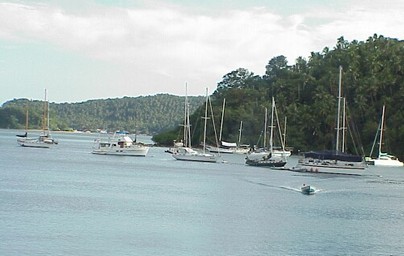

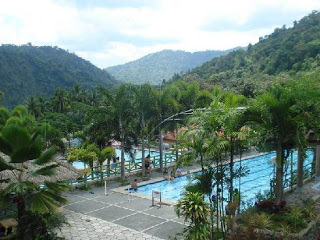

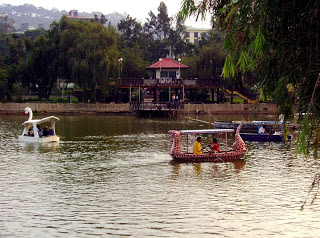

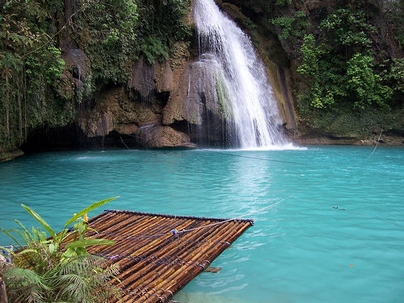
ليست هناك تعليقات:
إرسال تعليق